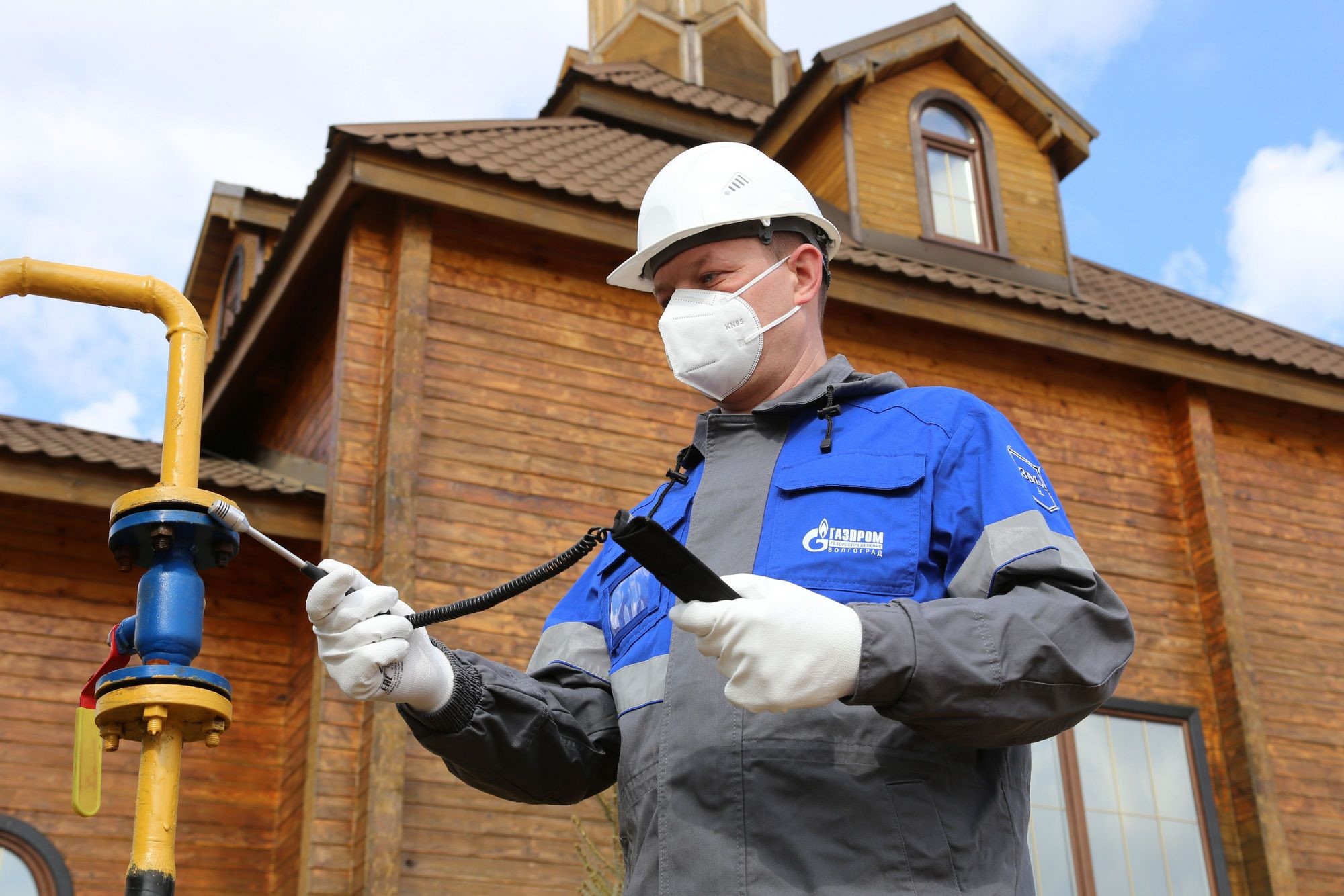
Russia Monitor is a review of the most important events related to Russian internal and external security, as well as its foreign policies.
Date: 29 April 2021
Gazprom Speeds Up Gasification Scheme
Throughout 2021 Russia’s gas giant Gazprom is planning to spend twice as much to gasify Russian regions as the year before. The company has hurried up to connect customers across the country to the gas grid at the request of Vladimir Putin. Last year the Russian president declared this as one of the top priorities of the state’s social policy.

Vitaly Markelov, deputy chairman of Gazprom’s management committee, said the firm would spend 1.8 times more to gasify Russia than in 2020. It is expected that Russia’s gas penetration rate hit 72.1 percent by the end of this year. To this end, Gazprom plans to allocate 128.8 billion roubles, or $17 billion, of which 73 billion roubles are earmarked to construct gas pipelines. In 2021, Gazprom intends to deliver 238.2 billion cubic meters (bcm) of gas to Russian customers via its gas pipeline network provided that temperatures in the fall and winter will be typical for these seasons, according to the vice-president of the management board. Throughout 2020 the Russian gas company sent 225.9 bcm of gas to domestic customers. In June 2020 Vladimir Putin asked Gazprom and some institutions to close the gasification plan for Russian regions first by 2024, and then by 2030. The country’s gas penetration rate should then stand at 83 percent, with the remaining 17 percent of its territory being offered access to other sources of energy. Gazprom’s new gas supply and gasification scheme for 2021–2025 spans sixty-seven regions. A total of 24,400 km of pipelines is to be built while 3,632 towns and villages will be connected to the gas supply system. By 2025, the country’s level of gasification will stand at 74.7 percent, up from 71.4 percent now. Both gas supplies and the federal budget will possibly pay for connecting households to the gas grid. Putin asked the company to bear all costs so as not to push them onto customers. It is yet not known how to distribute the financing. Perhaps in the end, customers could indirectly bear part of the costs, for instance by paying more for gas as state authorities could temporarily switch on what they refer to as an “investment tariff” in their utility bills. However, this would be less costly as the current solution––any person seeking to connect its household to the grid faces costs ranging from several hundred to thousand dollars.
Support Us
If content prepared by Warsaw Institute team is useful for you, please support our actions. Donations from private persons are necessary for the continuation of our mission.
All texts published by the Warsaw Institute Foundation may be disseminated on the condition that their origin is credited. Images may not be used without permission.















